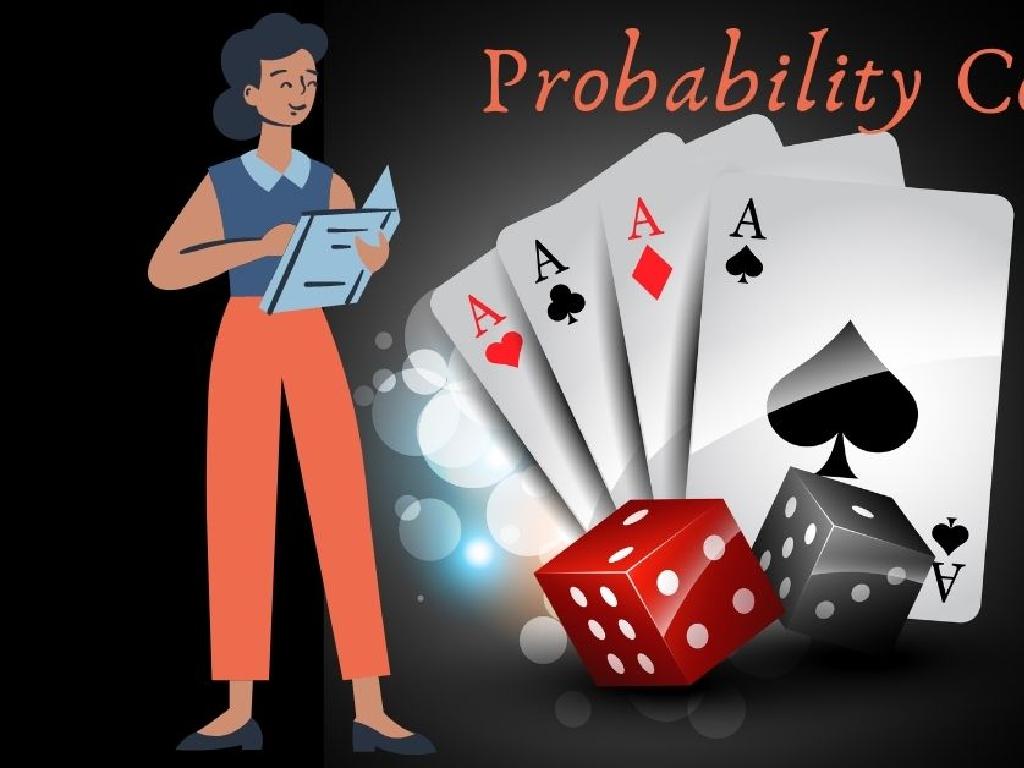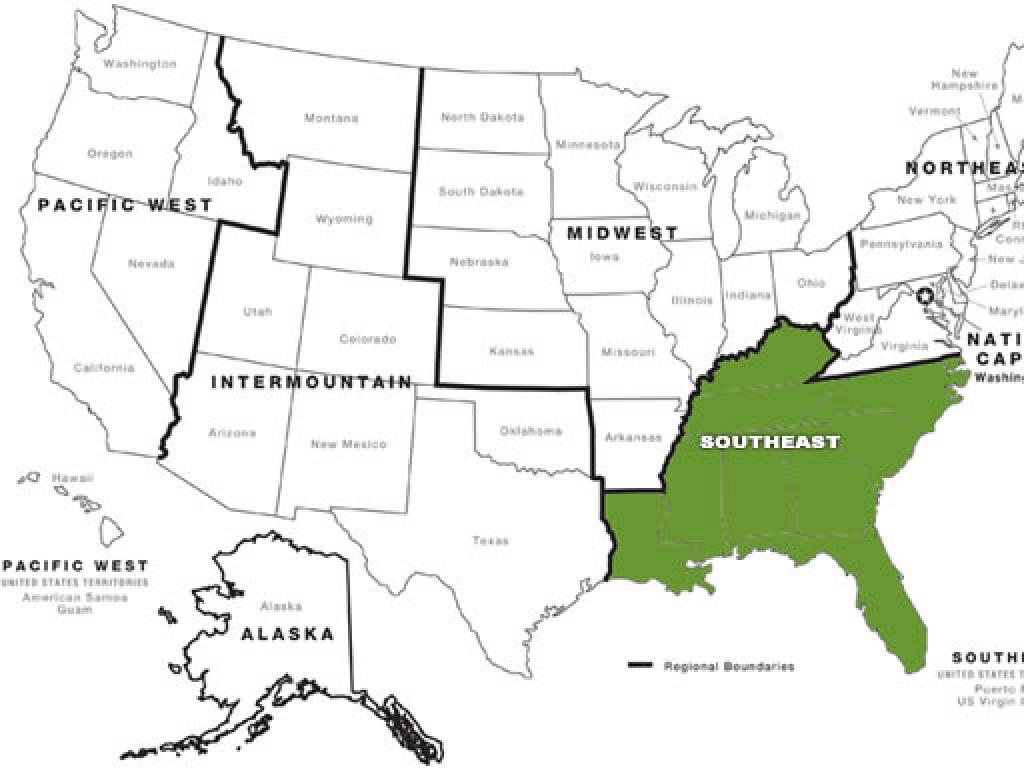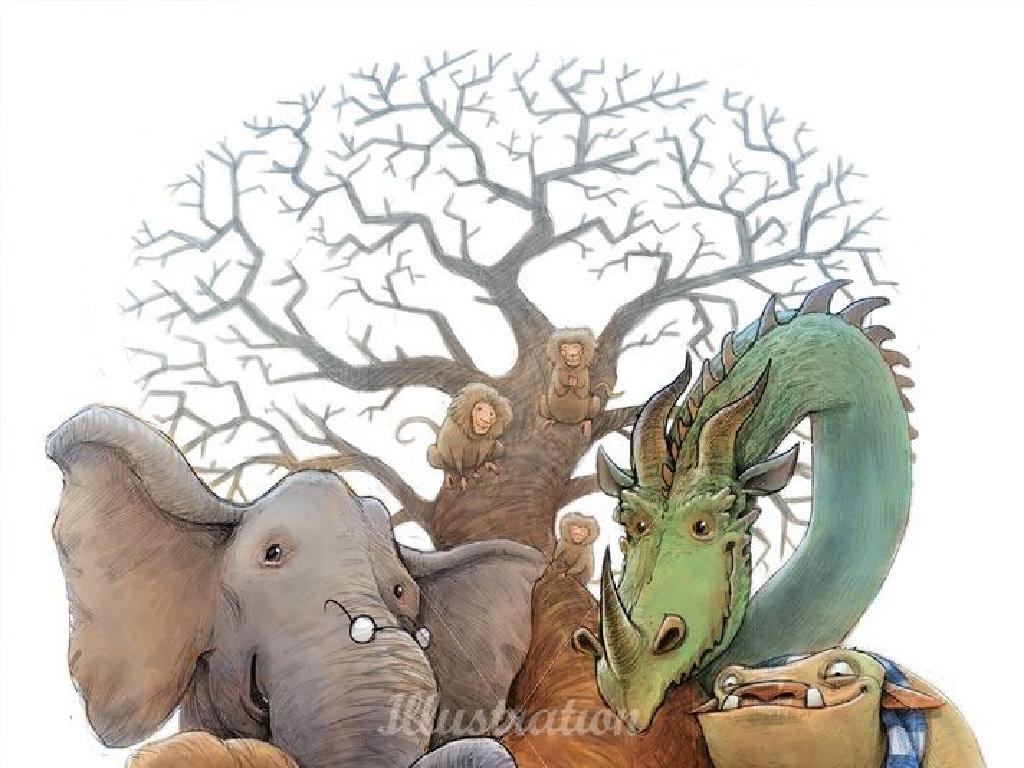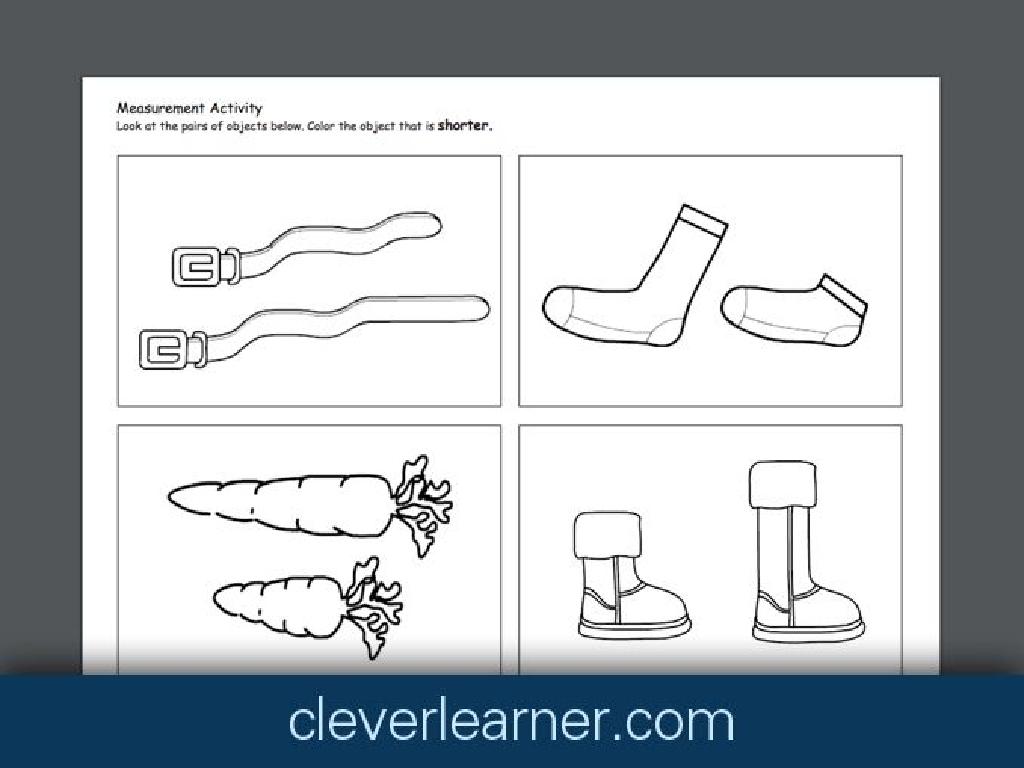Which Word Has A Different Vowel Sound?
Subject: Language arts
Grade: Second grade
Topic: Diphthongs: Oi, Oy, Ou, Ow
Please LOG IN to download the presentation. Access is available to registered users only.
View More Content
Welcome to Diphthongs!
– What’s a vowel?
– A vowel is a speech sound made without blocking air from the lungs.
– Special vowel sounds: Diphthongs
– Diphthongs are two vowels sounds in one syllable.
– Exploring ‘oi’ and ‘oy’ sounds
– Like ‘coin’ and ‘toy’ – the sounds glide together.
– Exploring ‘ou’ and ‘ow’ sounds
– Like ‘out’ and ‘cow’ – they sound different from ‘oi’ and ‘oy’.
|
Begin the lesson by engaging students with the question about vowels to refresh their memory. Explain that diphthongs are unique vowel sounds where the tongue starts in one position and moves to another within the same syllable, creating a blend of two sounds. Use common examples like ‘coin’ for ‘oi’ and ‘toy’ for ‘oy’ to demonstrate the first set of diphthongs. Then, introduce ‘ou’ and ‘ow’ with words like ‘out’ and ‘cow’, highlighting how these sounds differ from ‘oi’ and ‘oy’. Encourage students to practice these sounds and prepare a list of words for each diphthong to reinforce learning.
Exploring Diphthongs
– What’s a diphthong?
– A diphthong combines two vowel sounds in one syllable.
– Two vowels make one sound
– Like ‘oi’ in ‘coin’ or ‘oy’ in ‘toy’.
– Vowels ‘slide’ together
– Imagine vowels holding hands to slide down a slide!
– Diphthongs in words
– Find diphthongs in ‘cloud’, ‘house’, ‘boil’, ‘toy’.
|
Introduce the concept of diphthongs to the students by explaining that a diphthong is a unique sound formed when two vowels work together in one syllable. Use simple language and metaphors, such as vowels being friends that slide together, to make the concept relatable and easier to understand. Provide examples of diphthongs using common words that the students may already know, and encourage them to think of other words that contain diphthongs. This will help them recognize the different vowel sounds in words and understand how diphthongs function in the English language.
Exploring Sounds: ‘oi’ and ‘oy’
– ‘oi’ sound in ‘coin’ and ‘boil’
– The ‘oi’ sound is in the middle of words.
– ‘oy’ sound in ‘toy’ and ‘boy’
– ‘oy’ is used at the end of words.
– Practice saying the sounds
– Listen for the sounds in words
– We’ll play a game to find these sounds!
|
This slide introduces the diphthongs ‘oi’ and ‘oy’ to second graders, helping them understand the different vowel sounds in words. Start by explaining that a diphthong is a combination of two vowel sounds in the same syllable. Demonstrate the ‘oi’ sound with words like ‘coin’ and ‘boil’, emphasizing that it often appears in the middle of words. Then, show the ‘oy’ sound with words like ‘toy’ and ‘boy’, noting that it typically comes at the end. Engage the class by saying the words together and listening for the sounds. Incorporate a fun activity where students identify ‘oi’ and ‘oy’ sounds in words you say aloud, reinforcing their understanding through repetition and active participation.
The Sounds of ‘ou’ and ‘ow’
– ‘ou’ sound in words
– Like in ‘house’ and ‘mouse’
– ‘ow’ sound in words
– Found in ‘cow’ and ‘now’
– Practice saying the sounds
– Listen and repeat activity
– We’ll say words together in class
|
This slide introduces the different vowel sounds made by the diphthongs ‘ou’ and ‘ow’. Start by explaining that a diphthong is a combination of two vowel sounds in the same syllable. Demonstrate the ‘ou’ sound with words like ‘house’ and ‘mouse’, and the ‘ow’ sound with words like ‘cow’ and ‘now’. Have the students repeat the words after you to practice the sounds. Engage the class in a fun listen-and-repeat activity to reinforce the sounds and help them differentiate between ‘ou’ and ‘ow’. This will prepare them for identifying words with different vowel sounds in future lessons.
Identifying Different Sounds
– Listen to the word list
– Find the word with a unique sound
– Understand diphthongs oi, oy, ou, ow
– Diphthongs are two vowels combined to make one sound, like ‘coin’ or ‘loud’.
– Practice distinguishing sounds
– Use examples like ‘boil’ vs ‘bowl’ to hear different sounds.
|
This slide is aimed at helping students recognize different vowel sounds in words, particularly focusing on the diphthongs oi, oy, ou, and ow. Start by clearly pronouncing a list of words that include these diphthongs, and then ask the students to identify the word that sounds different. This exercise will enhance their auditory discrimination of vowel sounds. It’s important to articulate each word distinctly and give students enough time to process the sounds. After the activity, discuss the correct answers and why the vowel sounds are different, reinforcing their understanding of diphthongs.
Practice Time: Spot the Odd Vowel Sound!
– Look at the group of words
– Find the word with a unique sound
– Circle the different-sounding word
For example, in the group (coin, join, cow), ‘cow’ sounds different.
– Share which word you circled
|
This slide is an interactive class activity designed to help students recognize different vowel sounds in diphthongs. Display words in groups on the board and ask students to identify and circle the word that has a different vowel sound from the others. This will help them distinguish between the sounds of ‘oi’, ‘oy’, ‘ou’, and ‘ow’. Encourage students to say the words out loud to hear the vowel sounds clearly. After circling, they should be ready to explain their choice. Possible groups of words for this activity: (boil, soil, out), (found, round, toy), (cloud, loud, boy). This exercise will enhance their phonemic awareness and decoding skills.
Let’s Play Diphthong Bingo!
– We’re playing ‘Diphthong Bingo’
– Listen for different vowel sounds
– Words like ‘coin’ and ‘toy’ have diphthongs oi/oy
– Mark different sounds on your card
– Find words that don t match the oi, oy, ou, ow sounds
– Get ready for a fun game!
|
This slide introduces a fun and interactive game to help students recognize different vowel sounds, specifically diphthongs. ‘Diphthong Bingo’ is a classroom activity where students will listen to words and identify the ones with different vowel sounds than the diphthongs oi, oy, ou, and ow. Provide each student with a bingo card that has a variety of words with different diphthongs. As you call out words, students will mark the ones with a different vowel sound. The first student to mark a complete row, column, or diagonal wins. This game will help reinforce their understanding of diphthongs in an engaging way. Make sure to prepare a list of words with various diphthongs and some that do not fit the pattern to use during the game. Encourage students to listen carefully and think about the sounds they hear.
Class Activity: Diphthong Detectives
– Become diphthong detectives
– Find diphthong sounds in books
– Look for ‘oi’, ‘oy’, ‘ou’, ‘ow’ sounds
– Work together in pairs
– Write down your discoveries
– Share the words with the class tomorrow
|
In this engaging class activity, students will apply their knowledge of diphthongs by searching for them in the context of their reading material. Encourage them to work collaboratively in pairs to foster teamwork and communication skills. Provide a brief review of the diphthong sounds ‘oi’, ‘oy’, ‘ou’, ‘ow’ before they begin. As they find words, have them write them down for a show-and-tell session in the next class. This will help reinforce their understanding and ability to distinguish between the different sounds. Possible activities for different pairs could include finding the most words, finding words in different categories (e.g., animals, objects), or even creating sentences with the words they find.
Conclusion and Review: Diphthong Detectives
– Celebrate your hard work
– Share a word with a diphthong
– Think of ‘coin’ or ‘toy’
– Recall what diphthongs are
– Two vowels making a single sound like ‘ou’ in ‘cloud’
– Practice makes perfect
– Keep listening for diphthongs in words you hear!
|
As we wrap up today’s lesson, praise the students for their efforts in learning about diphthongs. Encourage them to share one word they’ve learned that includes a diphthong. Reinforce the concept that a diphthong is a combination of two vowel sounds to form a new sound, which is crucial for their phonetic development. Provide examples if needed, and remind them to continue practicing by listening for diphthongs in everyday conversation and reading. This will help solidify their understanding and improve their reading skills.






